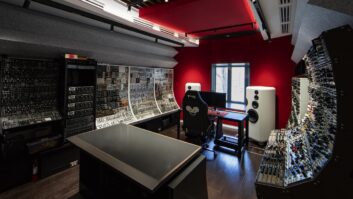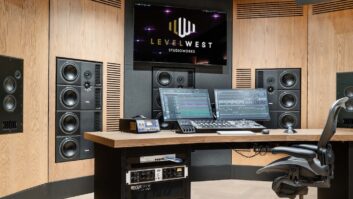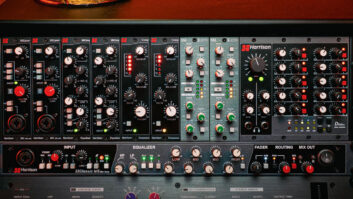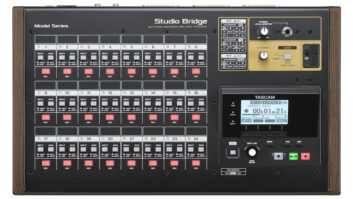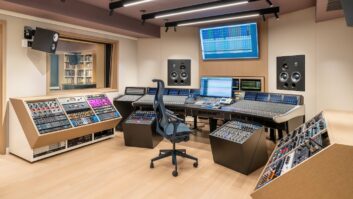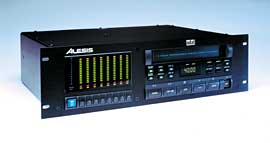
The Alesis ADAT changed the entire recording industry, beginning a revolution of affordable recording tools. Overnight, the cost of digital studio recording plummeted from a sizable $150,000 for the Sony PCM-3324 24-track to a relatively modest $12,000 for three ADATs at their original $3,995. The ADAT project was a collaboration of a huge design team, headed on the hardware side by Alesis founder Keith Barr (formerly the president of MXR) and with software development from Marcus Ryle (founder of Line 6) of Fast Forward Designs.
Unveiled at the Winter NAMM show in Anaheim, Calif., on January 18, 1991, ADAT was a compact studio recorder that could store eight tracks of digital audio (at better-than-CD quality) on an S-VHS tape, and could be interlocked with up to 15 other ADAT units, providing up to 128 tracks in all. ADAT finally delivered more than a year later, but in that time, 1⁄2-inch analog 8-track sales came to a virtual standstill, and for a while, every conversation in the industry seemed to be centered around this newcomer on the digital multitrack block.
The advantages of ADAT’s modular digital recording approach were many: The system used inexpensive, commonly available S-VHS tapes; the machine sync was sample-accurate; creating clone safety backups was easy; and users just bought/borrowed/rented more transports for more tracks. Meanwhile, ADAT simplified long-distance recording with session players and opened up the concept of megatracking, in which as many additional takes as possible could be recorded simply by switching tapes in a multi-transport system. The original 16-bit/48kHz ADAT was later upgraded to 20 bits, and other companies (Fostex and Studer) adopted the format. Eventually the popularity of the ADAT (and competing Tascam DA-88) diminished, mostly due to the rise of inexpensive disk recording systems, but its legacy lives on in the innovative Lightpipe 8-channel, fiber-optic standard that remains in everyday use.
